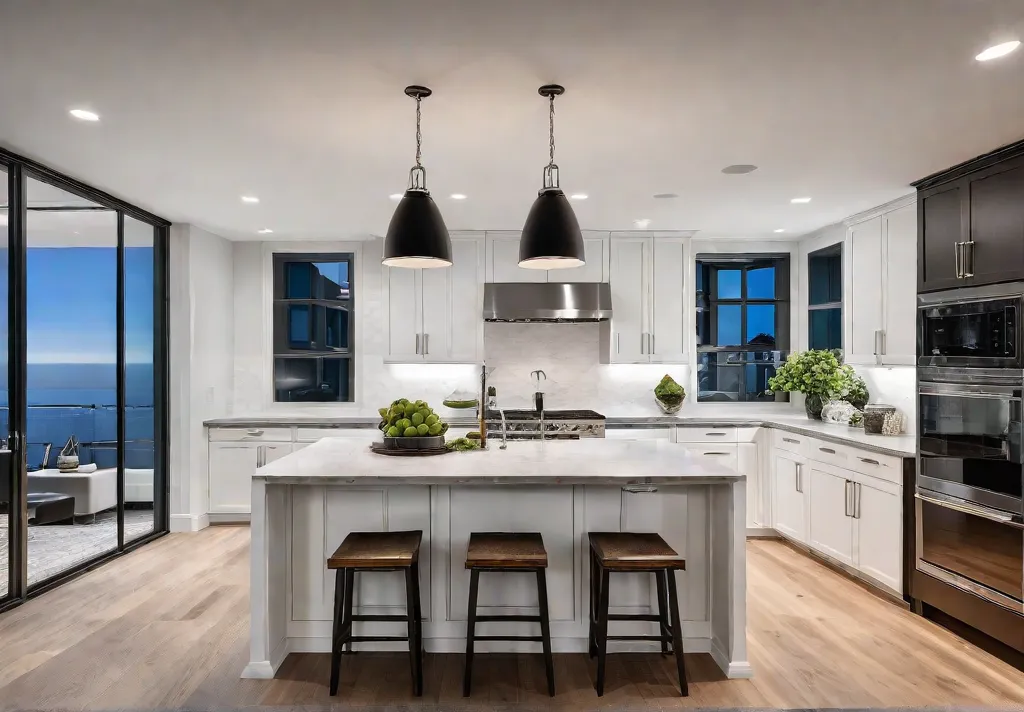Imagine entering your kitchen and being greeted by a warm, inviting glow that makes the space feel cozy and alive. Proper lighting can transform a kitchen, elevating its functionality and aesthetic appeal. Whether you're a first-time homeowner or a seasoned DIYer, this comprehensive guide will equip you with the knowledge and confidence to create a beautifully lit kitchen that suits your unique needs and style.
According to a survey by the American Lighting Association, a staggering 90% of homeowners believe that lighting is crucial to a home's overall look and feel. And with 75% of those surveyed saying they'd be willing to pay more for a well-lit home, it's clear that good kitchen lighting is worthwhile.
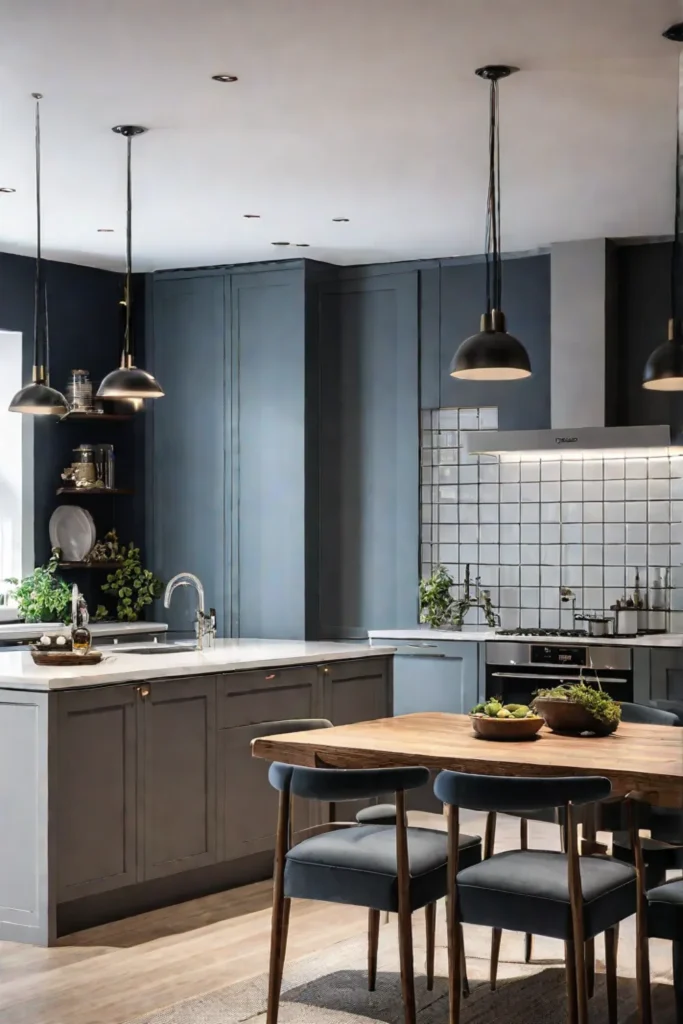
So, get ready to say goodbye to those harsh, unflattering overhead lights and hello to a kitchen that's not just functional but a true reflection of your style. Let's dive in and explore the world of kitchen lighting together!
Understanding Kitchen Lighting Needs
Lighting is the unsung hero of kitchen design, playing a vital role in functionality and ambiance. To create a well-lit space that meets your needs, it's essential to understand the different types of lighting and how they work together.
First up, we have task lighting. This is the kind of illumination that helps you see clearly while you're cooking, prepping ingredients, or reading recipes. Think of it as the workhorse of your kitchen lighting plan. Ambient lighting, on the other hand, provides a soft, diffused glow that sets the overall mood and atmosphere. Lastly, accent lighting highlights specific features, like artwork or architectural details, adding visual interest and depth to the space.
Consider factors like cabinet placement, work surfaces, and the desired mood when evaluating your kitchen's lighting needs. For example, if you have cabinets above your countertops, you might want to install under-cabinet lighting to provide extra task illumination. And if you're going for a warm and inviting vibe, opt for fixtures with a cozy, warm-toned bulb.
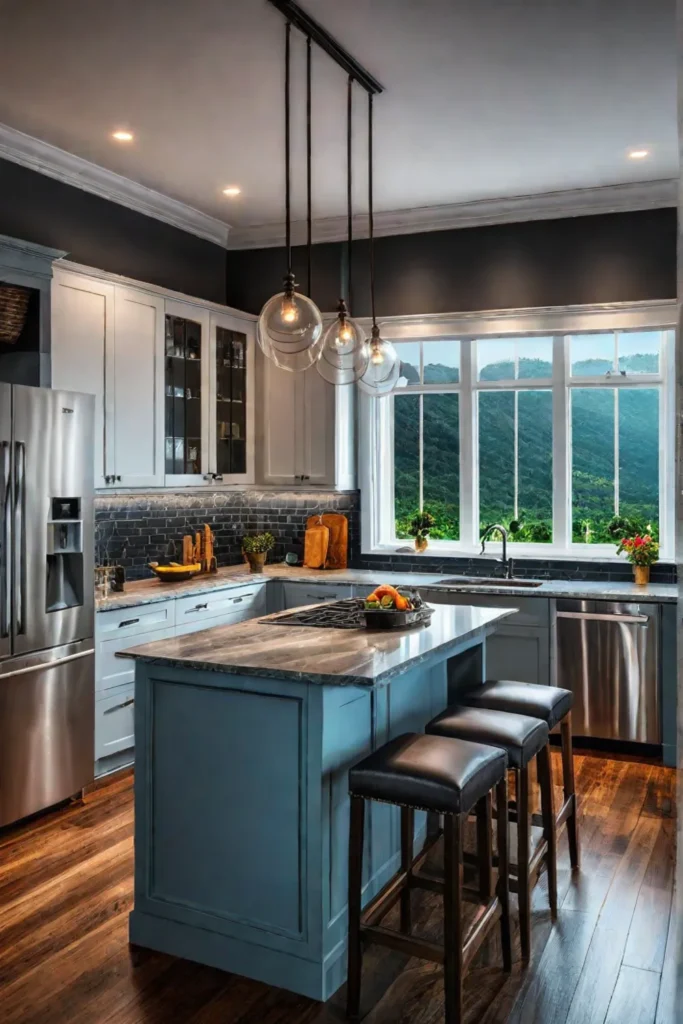
The average kitchen requires a combination of 3-5 different lighting sources to achieve optimal functionality and aesthetics. By understanding the role of each type of lighting, you can create a balanced and harmonious plan that truly brings your kitchen to life.
Choosing the Right Kitchen Lighting Fixtures
With the basics of kitchen lighting under your belt, it's time to dive into the world of fixtures. The options can seem overwhelming, from pendant lights to recessed lighting and everything in between. But fear not; we're here to guide you through the process.
Pendant lights are a popular choice for kitchen lighting, as they can provide both task and ambient illumination. These suspended fixtures come in various styles, from sleek and modern to rustic and industrial. When selecting a pendant, consider the size of your kitchen and the overall design aesthetic you're going for.
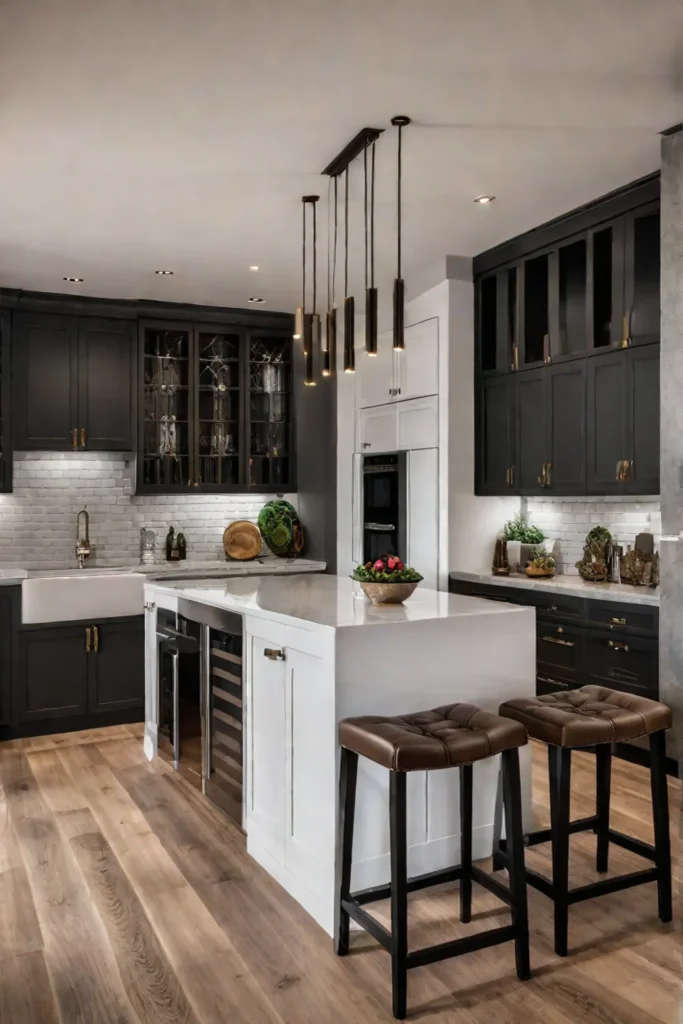
Conversely, recessed lighting offers a clean, seamless look that's perfect for contemporary or minimalist kitchens. These ceiling-mounted fixtures can help create an even, well-lit space, making them a great choice for task and general lighting.
Let's not forget about under-cabinet lighting—the unsung hero of kitchen illumination. These fixtures are installed beneath your cabinets, providing focused task lighting where you need it most.
Consider factors like energy efficiency, color temperature, and overall style when choosing your kitchen lighting. LED bulbs, for example, are a game-changer, offering significant energy savings and a long lifespan. Don't be afraid to mix and match different fixture types to create a cohesive and visually interesting design.
Wiring and Electrical Considerations
Now, let's talk about the not-so-glamorous but equally important aspect of kitchen lighting: the electrical work. Proper wiring and electrical safety are crucial, as improperly installed lighting can pose serious fire hazards and other safety risks.

Before you start any DIY lighting projects, it's essential to understand the basic electrical components and requirements. This includes things like circuit breakers, wire gauges, and junction boxes. And if you're ever unsure about the electrical work, it's always best to call in a licensed electrician.
Hiring a professional can ensure that your kitchen lighting installation meets all local building codes and safety standards. They can also help you navigate the sometimes confusing world of electrical permits and inspections.
Remember, it's better to err on the side of caution when it comes to electrical work. Taking the time to do it right, whether you're handling it yourself or working with a pro, can save you a lot of headaches (and potential disasters).

Installation Techniques and Safety
With the right fixtures selected and the electrical work taken care of, it's time to tackle the installation process. Whether you're a seasoned DIYer or prefer to leave it to the professionals, there are some important safety considerations to remember.
The most common hazards associated with kitchen lighting installation include electrical shocks, fire risks, and injuries from falls or heavy equipment. To mitigate these risks, always turn off the power at the breaker before you start, use the proper tools and safety gear, and follow the manufacturer's instructions to the letter.
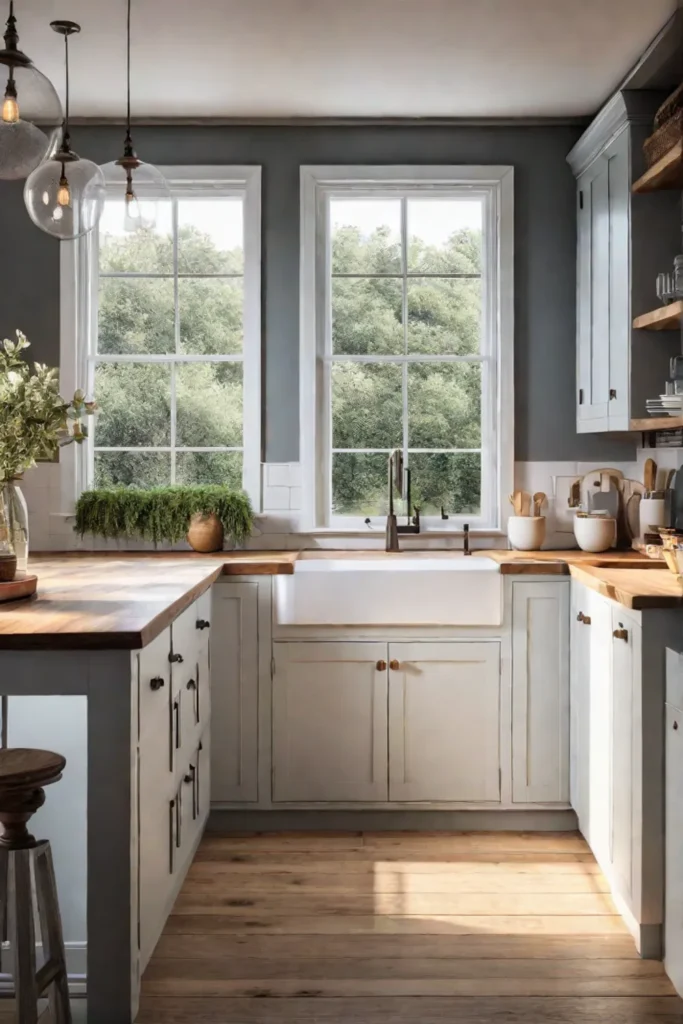
If you're feeling confident in your DIY skills, go for it! But if you're slightly unsure, it's always better to err on caution and hire a licensed electrician. They'll have the expertise and experience to ensure your kitchen lighting is installed safely and up to code.
Remember, proper installation is not only about creating a beautiful space – it's also about keeping your family safe. So, take the time to do it right, whether tackling the project yourself or working with a professional.
Maintaining and Troubleshooting Kitchen Lighting
Congratulations, your kitchen lighting is all setup and looking fabulous! But the work doesn't stop there. Proper maintenance and troubleshooting are key to ensuring your fixtures continue to perform at their best for years to come.
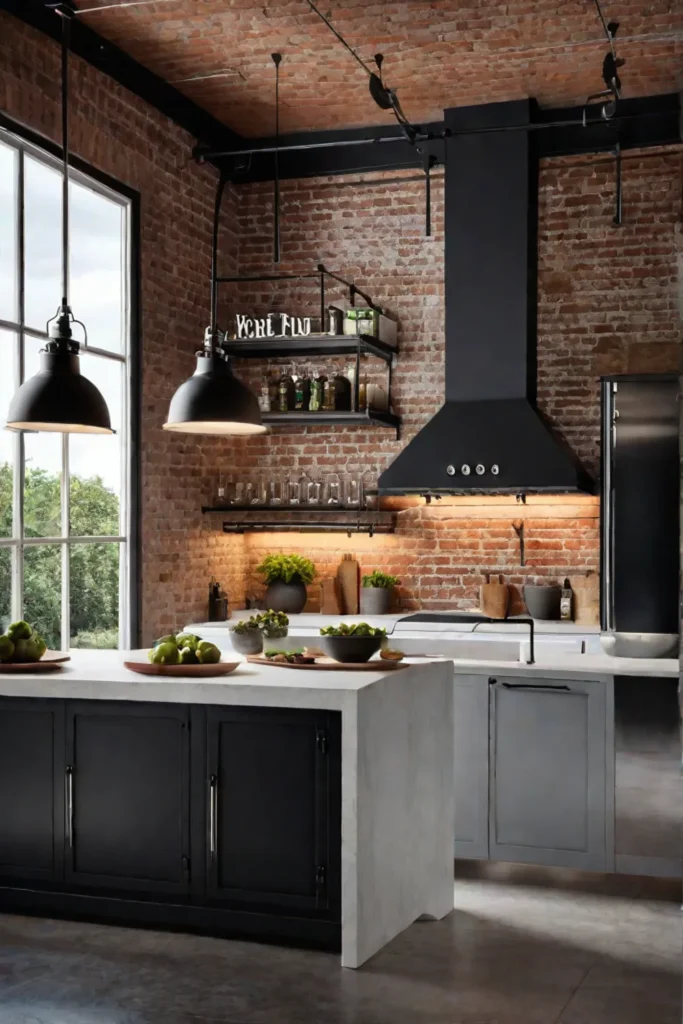
Regular cleaning and inspections are a must. Dust and grime can build up on your fixtures, affecting their light output and potentially causing damage. Follow the manufacturer's cleaning instructions, and check for any loose connections or worn components.
And when it comes to those pesky flickering or non-functioning lights, don't panic! Many common issues can be easily resolved with a little know-how. Start by checking the bulbs – are they the right type and wattage for your fixtures? If the problem persists, you may need to dig deeper into the wiring or other electrical components.
Safety should always be your top priority when dealing with electrical issues. If you're not confident in your ability to troubleshoot the problem, it's best to call in a professional electrician. They'll have the expertise to identify and fix the issue quickly and safely.
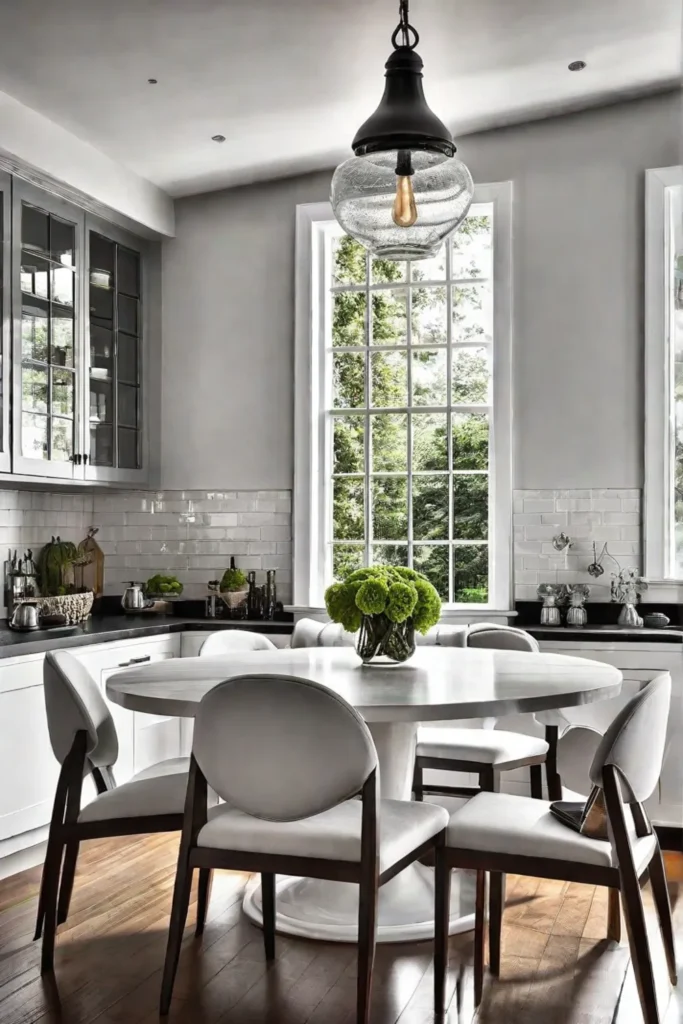
By staying on top of maintenance and addressing any problems as they arise, you can keep your kitchen lighting looking and performing its best for the long haul.
Hiring a Professional Electrician
While DIY kitchen lighting projects can be incredibly rewarding, there are times when it's best to call in a professional electrician. From complex installations to safety concerns, having a skilled expert can make all the difference.
When should you consider hiring an electrician? If your lighting project involves intricate wiring, integrating smart home technology, or meeting specific building code requirements, it's generally a good idea to bring in a pro. Electricians are also the way to go if you have any doubts about your ability to handle the job safely.
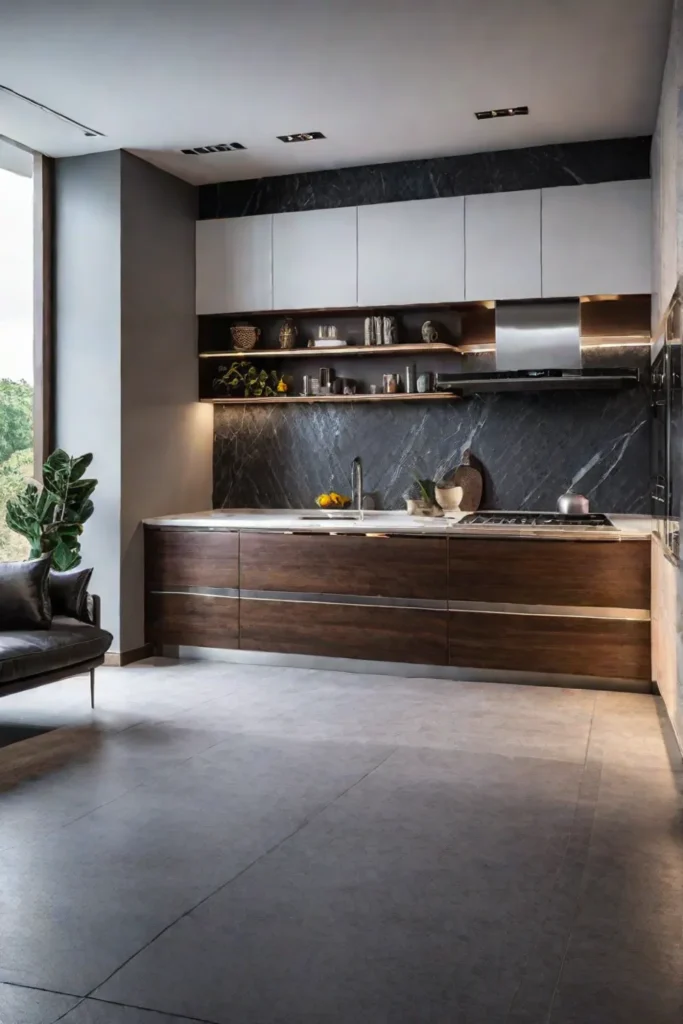
So, what should you look for in a qualified electrician? Start by checking their licensing and certifications—make sure they're fully up to date and in good standing. Experience in kitchen lighting installations is also a major plus, as they'll be familiar with the unique challenges and best practices.
Hiring a licensed electrician has a host of benefits. They can ensure your kitchen lighting meets all local safety codes, helping you avoid potential hazards and costly mistakes down the line. Their expertise can help you maximize energy efficiency and take advantage of the latest lighting technologies.
Remember, your family's safety should always be the top priority for electrical work. So, don't hesitate to bring in a professional if you have any doubts or concerns. With the right electrician on your team, you can transform your kitchen lighting with confidence and peace of mind.
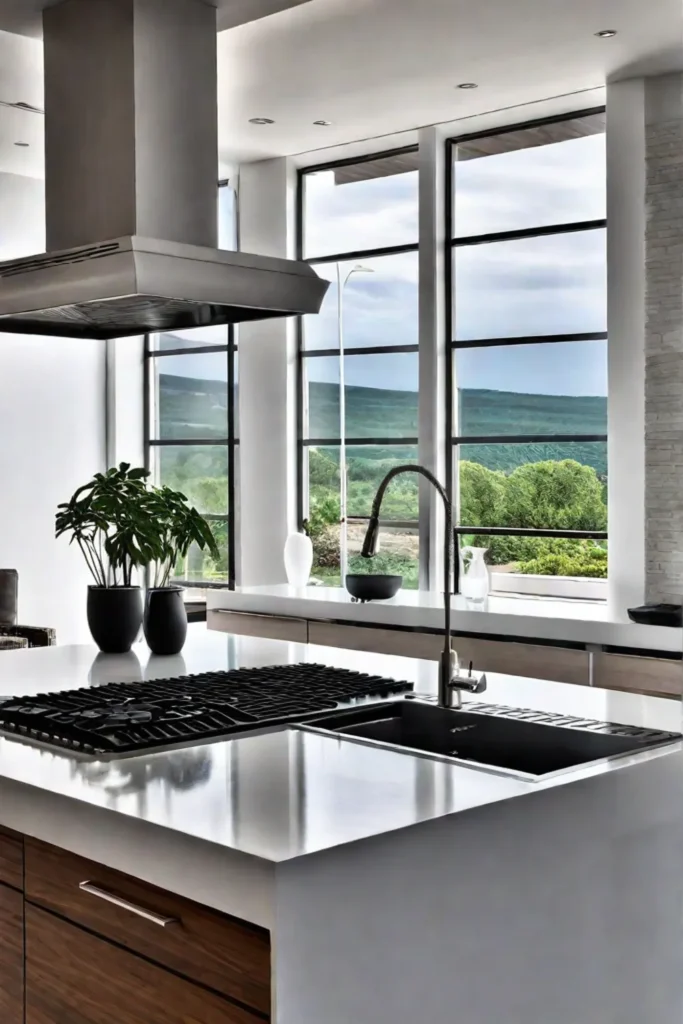
Sustainable and Energy-Efficient Kitchen Lighting
As we wrap up our kitchen lighting journey, let's discuss the importance of sustainability and energy efficiency. After all, your lighting choices can significantly impact your utility bills and the environment.
LED lighting has emerged as the clear frontrunner for eco-friendly and cost-saving kitchen illumination. These bulbs use up to 75% less energy than traditional incandescent options and can last 25 times longer. That means fewer replacements, less waste, and more money in your pocket.
However, LED lighting is just the tip of the iceberg regarding sustainable kitchen lighting. Smart home technology, such as motion sensors and dimmers, can further optimize your energy usage by ensuring your lights are only on when and where needed. And don't forget about maximizing natural light – strategically placed windows and light-colored surfaces can help reduce your reliance on artificial lighting.
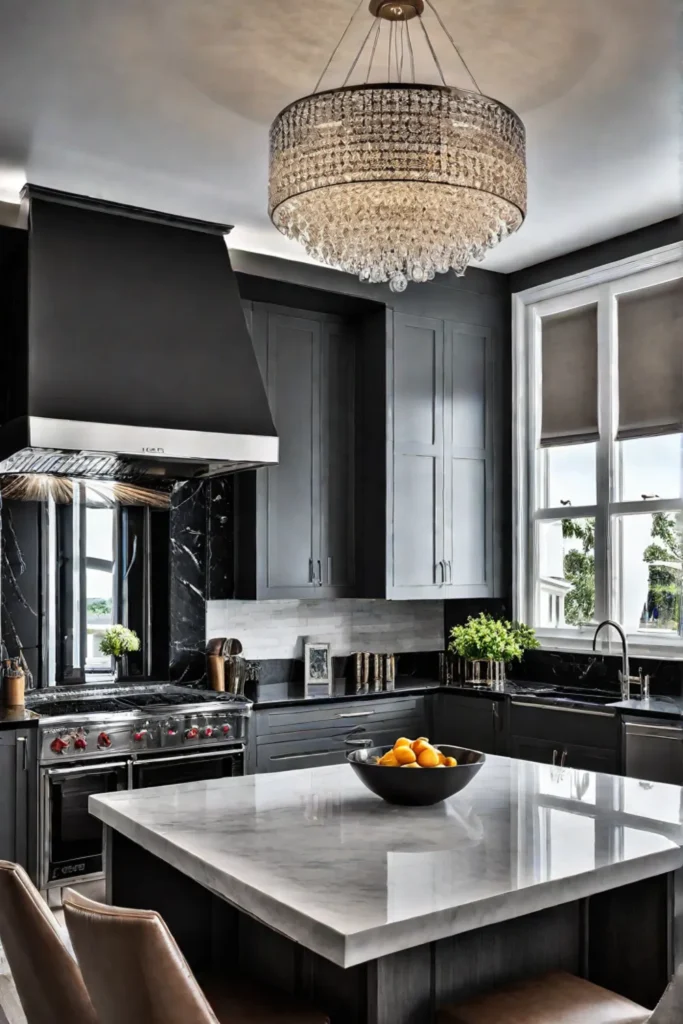
By incorporating energy-efficient and sustainable solutions into your kitchen lighting plan, you can do your part to reduce your environmental impact while also enjoying the financial benefits. It's a win-win situation that's sure to have your wallet and the planet smiling.
Conclusion
Ultimately, transforming your kitchen lighting is more than just swapping out a few fixtures. It's about creating a space that's not only functional but also reflects your style and enhances your overall quality of life.
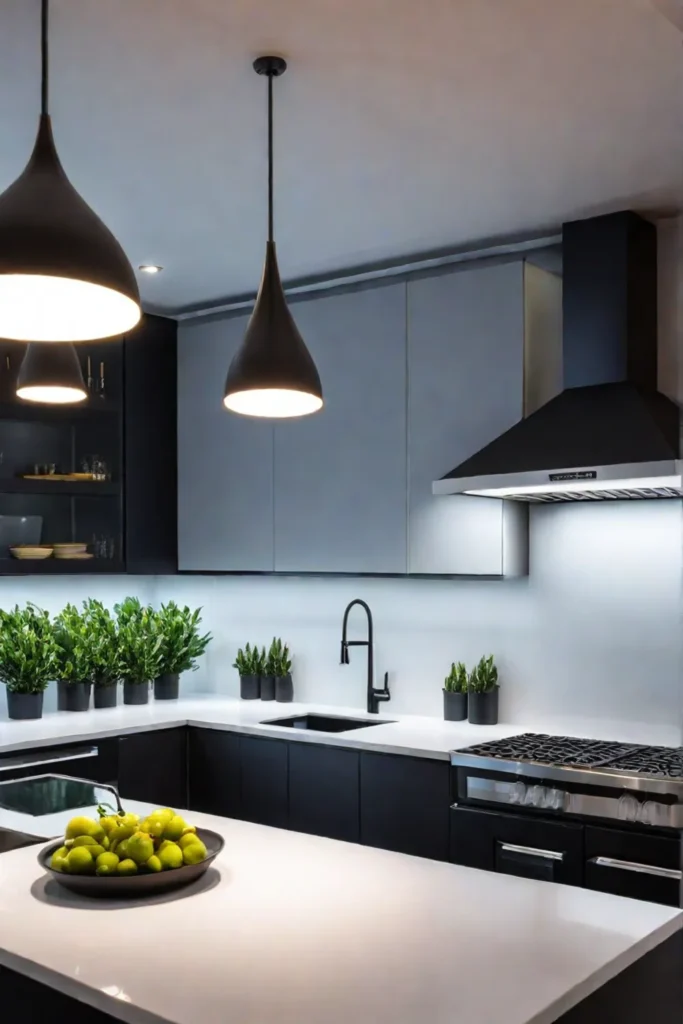
Whether you're a seasoned DIYer or a first-time homeowner, this comprehensive guide has equipped you with the knowledge and tools to tackle your kitchen lighting project confidently. From understanding your lighting needs to selecting the right fixtures, handling the electrical work, and maintaining your investment, you're now armed with the expertise to create a beautifully lit kitchen tailored to your unique preferences.
So, what are you waiting for? It's time to say goodbye to those dull, uninspiring lights and hello to a kitchen that truly shines. With a little planning and the right approach, you can create a space that's not just functional but reflects your style and the heart of your home.
